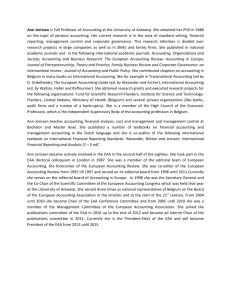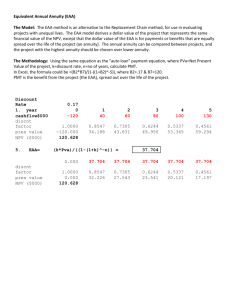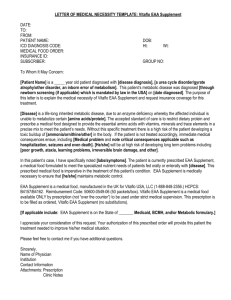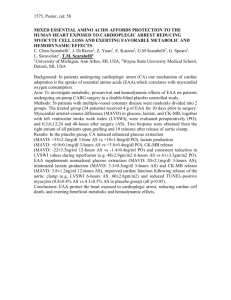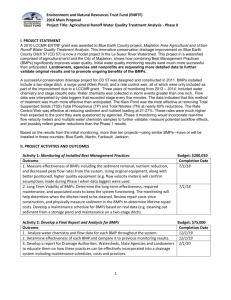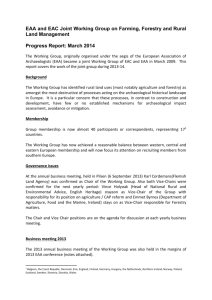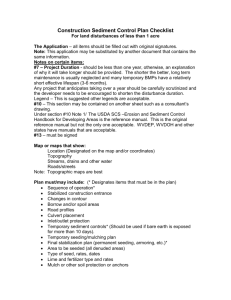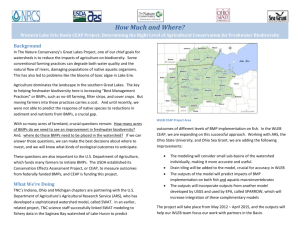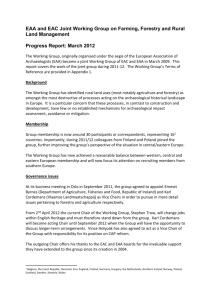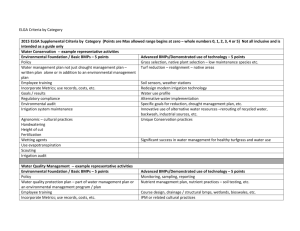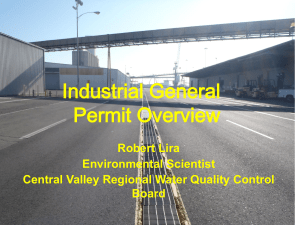Phosphorus Load Reduction under Agricultural BMPs for South
advertisement
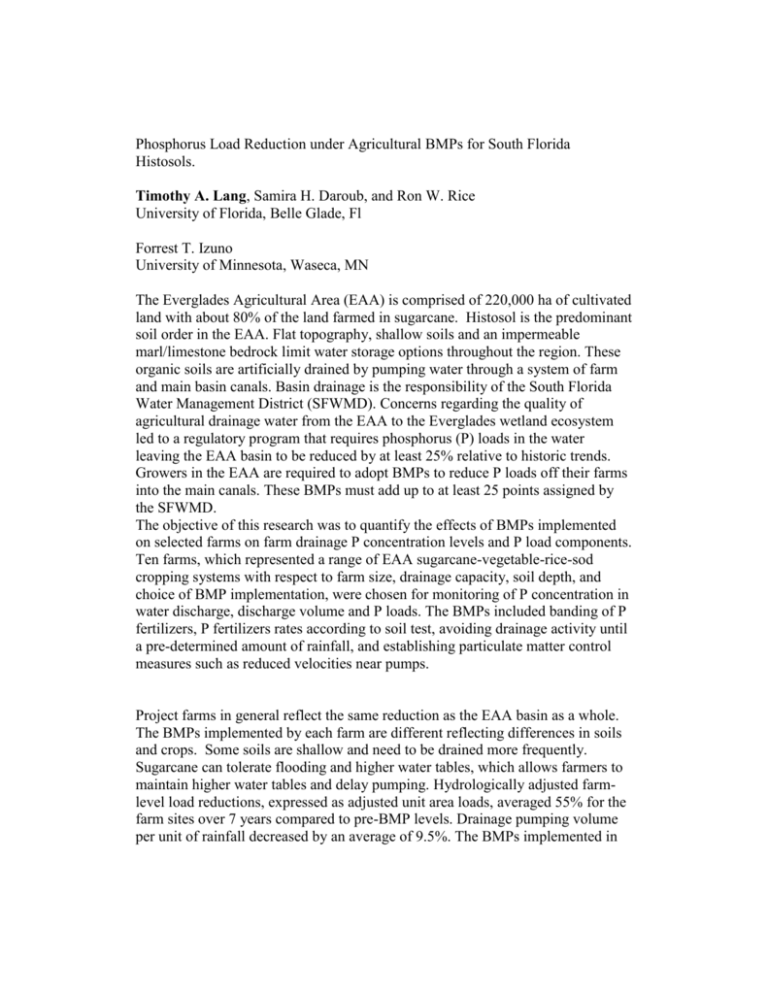
Phosphorus Load Reduction under Agricultural BMPs for South Florida Histosols. Timothy A. Lang, Samira H. Daroub, and Ron W. Rice University of Florida, Belle Glade, Fl Forrest T. Izuno University of Minnesota, Waseca, MN The Everglades Agricultural Area (EAA) is comprised of 220,000 ha of cultivated land with about 80% of the land farmed in sugarcane. Histosol is the predominant soil order in the EAA. Flat topography, shallow soils and an impermeable marl/limestone bedrock limit water storage options throughout the region. These organic soils are artificially drained by pumping water through a system of farm and main basin canals. Basin drainage is the responsibility of the South Florida Water Management District (SFWMD). Concerns regarding the quality of agricultural drainage water from the EAA to the Everglades wetland ecosystem led to a regulatory program that requires phosphorus (P) loads in the water leaving the EAA basin to be reduced by at least 25% relative to historic trends. Growers in the EAA are required to adopt BMPs to reduce P loads off their farms into the main canals. These BMPs must add up to at least 25 points assigned by the SFWMD. The objective of this research was to quantify the effects of BMPs implemented on selected farms on farm drainage P concentration levels and P load components. Ten farms, which represented a range of EAA sugarcane-vegetable-rice-sod cropping systems with respect to farm size, drainage capacity, soil depth, and choice of BMP implementation, were chosen for monitoring of P concentration in water discharge, discharge volume and P loads. The BMPs included banding of P fertilizers, P fertilizers rates according to soil test, avoiding drainage activity until a pre-determined amount of rainfall, and establishing particulate matter control measures such as reduced velocities near pumps. Project farms in general reflect the same reduction as the EAA basin as a whole. The BMPs implemented by each farm are different reflecting differences in soils and crops. Some soils are shallow and need to be drained more frequently. Sugarcane can tolerate flooding and higher water tables, which allows farmers to maintain higher water tables and delay pumping. Hydrologically adjusted farmlevel load reductions, expressed as adjusted unit area loads, averaged 55% for the farm sites over 7 years compared to pre-BMP levels. Drainage pumping volume per unit of rainfall decreased by an average of 9.5%. The BMPs implemented in the EAA have reduced P loading by approximately 50% from 1995 to 2001 and exceeded every year the 25% reduction mandated by the regulatory program. Tim Lang, University of Florida, EREC, 3200 E. Palm Beach Rd., Belle Glade, Fl. 33430, Phone: 561-993-1547, Fax: 561-992-1679, tlang@mail.ifas.ufl.edu


